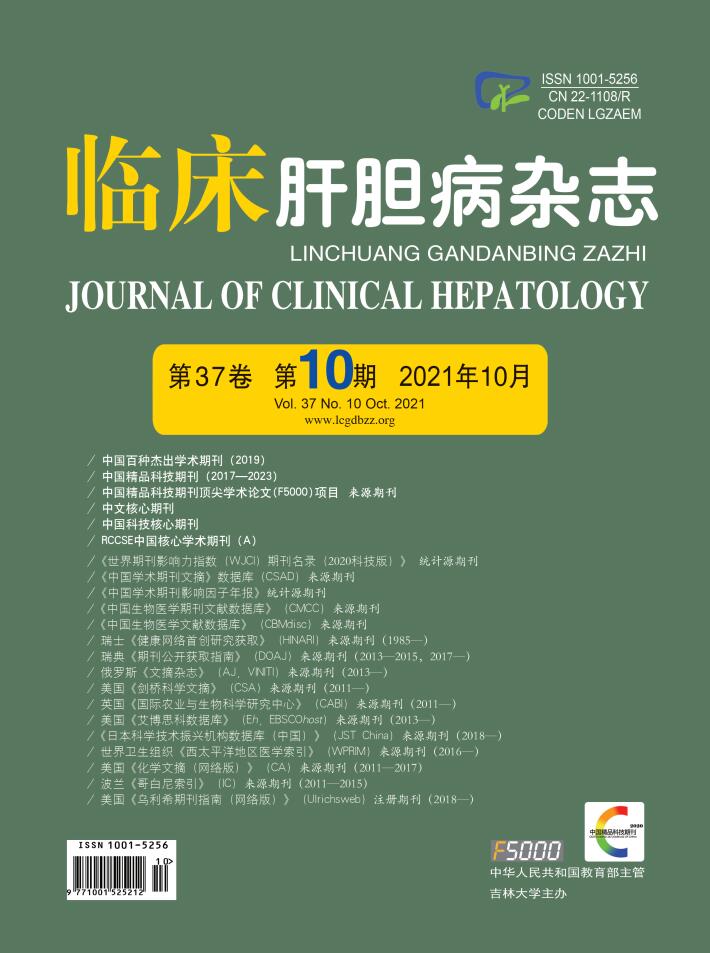| [1] |
KAO JH, HU TH, JIA J, et al. East Asia expert opinion on treatment initiation for chronic hepatitis B[J]. Aliment Pharmacol Ther, 2020, 52(10): 1540-1550. DOI: 10.1111/apt.16097. |
| [2] |
JUNG KS, PARK JY, CHON YE, et al. Clinical outcomes and predictors for relapse after cessation of oral antiviral treatment in chronic hepatitis B patients[J]. J Gastroenterol, 2016, 51(8): 830-839. DOI: 10.1007/s00535-015-1153-1. |
| [3] |
WANG J, SHEN T, HUANG X, et al. Serum hepatitis B virus RNA is encapsidated pregenome RNA that may be associated with persistence of viral infection and rebound[J]. J Hepatol, 2016, 65(4): 700-710. DOI: 10.1016/j.jhep.2016.05.029. |
| [4] |
GIERSCH K, ALLWEISS L, VOLZ T, et al. Serum HBV pgRNA as a clinical marker for cccDNA activity[J]. J Hepatol, 2017, 66(2): 460-462. DOI: 10.1016/j.jhep.2016.09.028. |
| [5] |
WANG J, SHENG Q, DING Y, et al. HBV RNA virion-like particles produced under nucleos(t)ide analogues treatment are mainly replication-deficient[J]. J Hepatol, 2018, 68(4): 847-849. DOI: 10.1016/j.jhep.2017.10.030. |
| [6] |
HALGAND B, DESTERKE C, RIVIÈRE L, et al. Hepatitis B virus pregenomic RNA in hepatocellular carcinoma: A nosological and prognostic determinant[J]. Hepatology, 2018, 67(1): 86-96. DOI: 10.1002/hep.29463. |
| [7] |
Bureau of Medical AdministrationNational Health Commission of the People's Republic of China. Guidelines for diagnosis and treatment of primary liver cancer in China (2019 edition)[J]. J Clin Hepatol, 2020, 36(2): 277-292. DOI: 10.3969/j.issn.1001-5256.2020.02.007. |
| [8] |
|
| [9] |
BUTI M, TSAI N, PETERSEN J, et al. Seven-year efficacy and safety of treatment with tenofovir disoproxil fumarate for chronic hepatitis B virus infection[J]. Dig Dis Sci, 2015, 60(5): 1457-1464. DOI: 10.1007/s10620-014-3486-7. |
| [10] |
LIU YY, LIANG XS. Progression and status of antiviral monitoring in patients with chronic hepatitis B: From HBsAg to HBV RNA[J]. World J Hepatol, 2018, 10(9): 603-611. DOI: 10.4254/wjh.v10.i9.603. |







 DownLoad:
DownLoad: